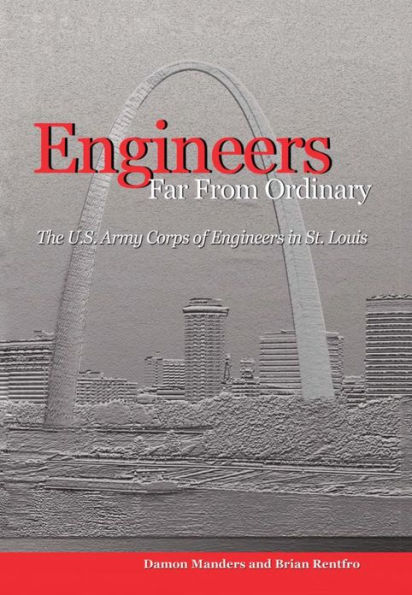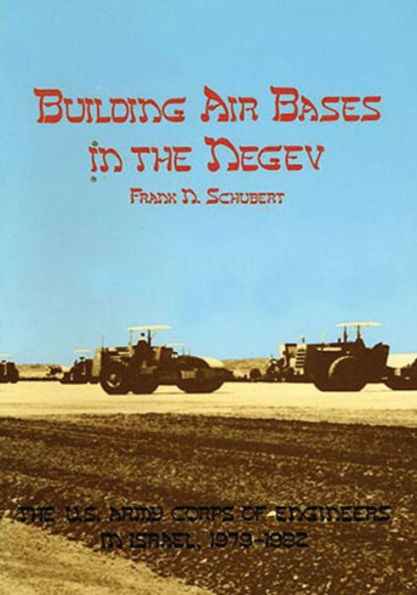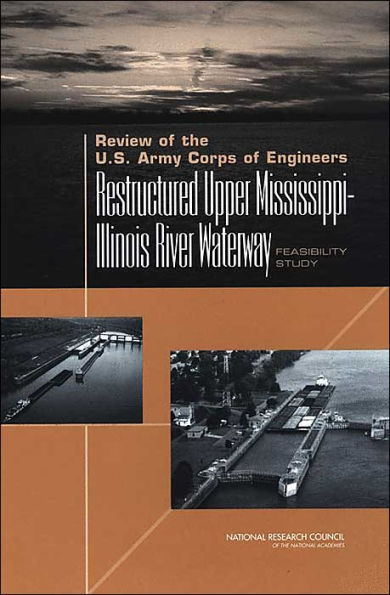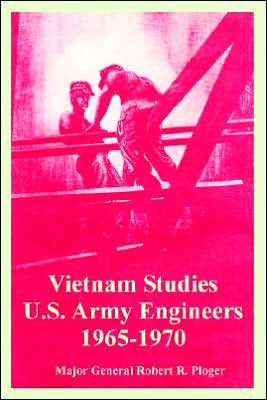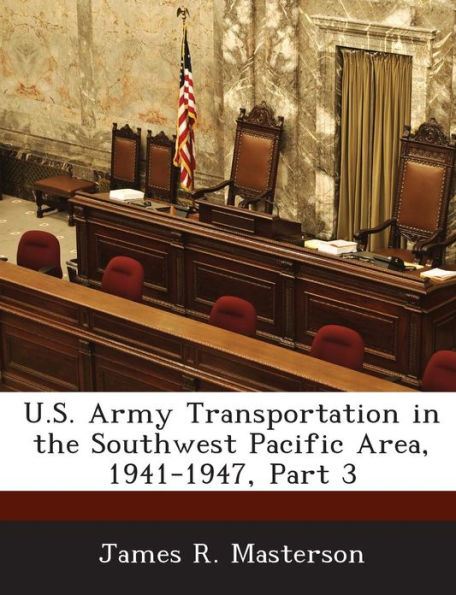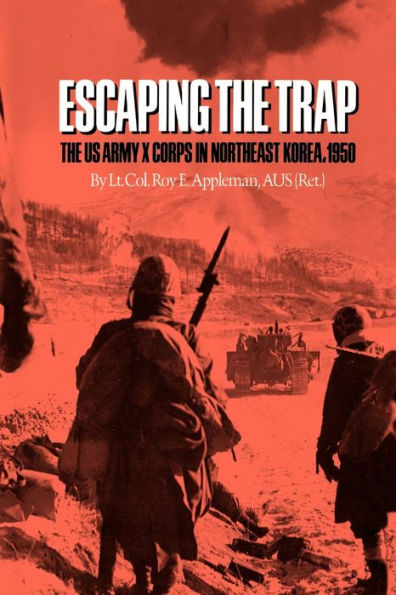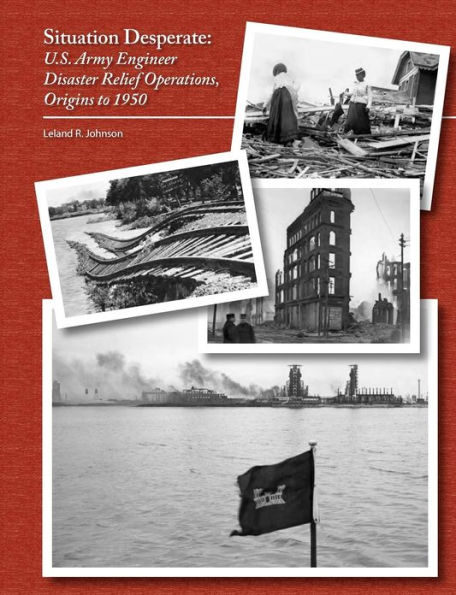Home
Bricks, Sand, and Marble: U.S. Army Corps of Engineers Construction in the Mediterranean and Middle East, 1947-1991


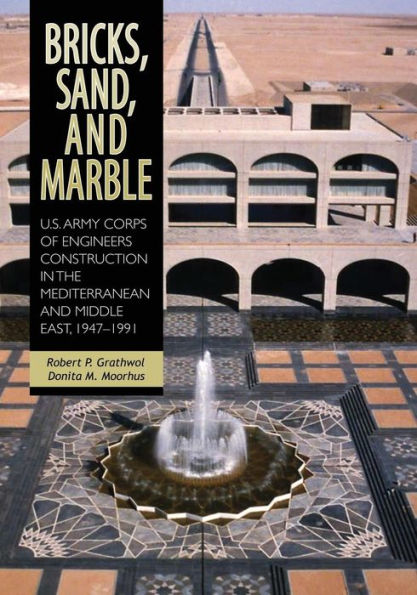
Bricks, Sand, and Marble: U.S. Army Corps of Engineers Construction in the Mediterranean and Middle East, 1947-1991
Current price: $27.99
Loading Inventory...
Size: OS
For more than four decades after the end of World War II in 1945, the security interests of the United States focused on tensions with the Soviet Union. The contest, which became known in 1948 as the Cold War, pitted two fundamentally opposed ideologies and political systems against one another across the so-called Iron Curtain in Europe. As tensions between the United States and the Soviet Union mounted, the United States increased its overseas military presence. The North Atlantic Treaty Organization (NATO), established in 1949, created an alliance led by the United States for the mutual defense of Western Europe. NATO embodied the two foreign policy cornerstones of the United States-deterrence and containment of Soviet expansion of influence and control. The attack in June 1950 by North Korea on its neighbor, South Korea, prompted the United States to extend its policy of geographic containment of Soviet ambitions. Through negotiations with several Mediterranean countries, the United States established air bases that placed U.S. military aircraft in position to strike the Soviet Union should any conflict of arms threaten world stability. This history examines the work of the U.S. Army Corps of Engineers in military construction in the Mediterranean Basin (including northern and northeastern Africa) and the Middle East, which created the infrastructure that made the policies of deterrence and containment possible. This work included not only construction in support of the U.S. Army and U.S. Air Force in these areas but also work executed on behalf of our Middle East allies paid for with funds they provided. A remarkable story in its own right, the history becomes even more important, given events in the region since 1990, by providing a background understanding of the present role and position of the United States in that vital region.
